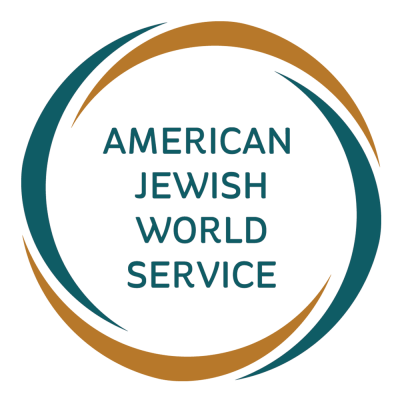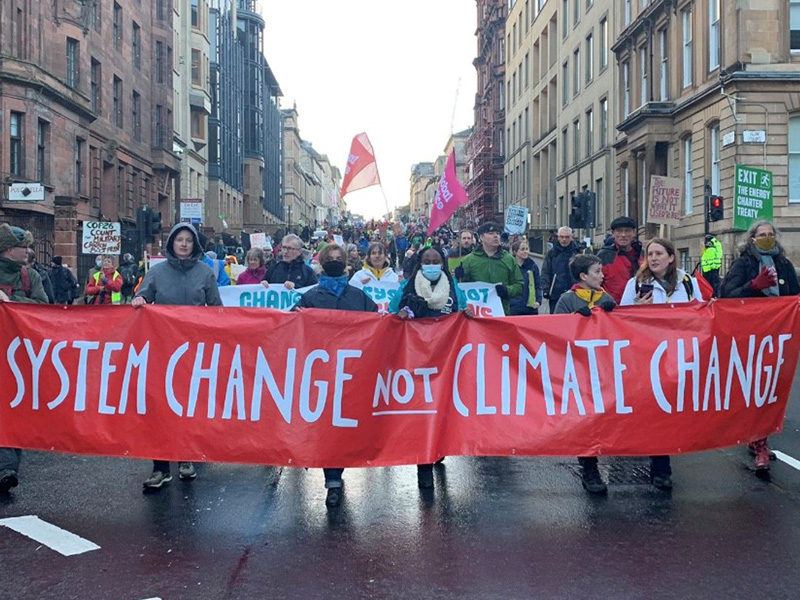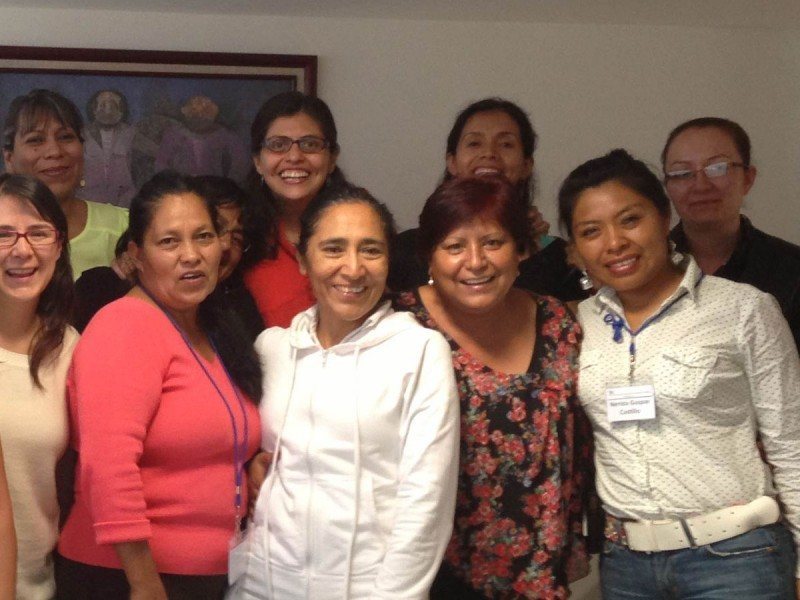“Our food is in the forest. Our medicine is in the forest. The forest takes care of us, and we protect it. The forest is our home.”
Wilson Memusi, an elder of the Ogiek community in the Rift valley of Kenya, is describing his community’s deep connection to the Mau Forest—the land his ancestors have lived on and protected for generations. This delicate balance between his people and the forest has been at grave risk in recent years, as the government has been forcibly evicting the Indigenous community, allowing international timber companies to harvest the trees for profit and re-settling non-Indigenous people on their land illegally.
The Ogiek have been fighting back—defending their rights to their land, culture, language and way of life. After years of setbacks, including losing several court cases and suffering ongoing threats and aggression from the government, the community has finally won a 13-year legal battle in the regional court to have their ancestral home recognized and protected.
Industry disrupts a fragile harmony
The Ogiek community—an Indigenous group of about 50,000 people—have always lived in harmony with the forest, harvesting honey, hunting, gathering medicinal plants and farming sustainably. This area is synonymous with the Ogiek’s cultural identity. “The Ogiek is the forest, and the forest means Ogiek,” Memusi explains.
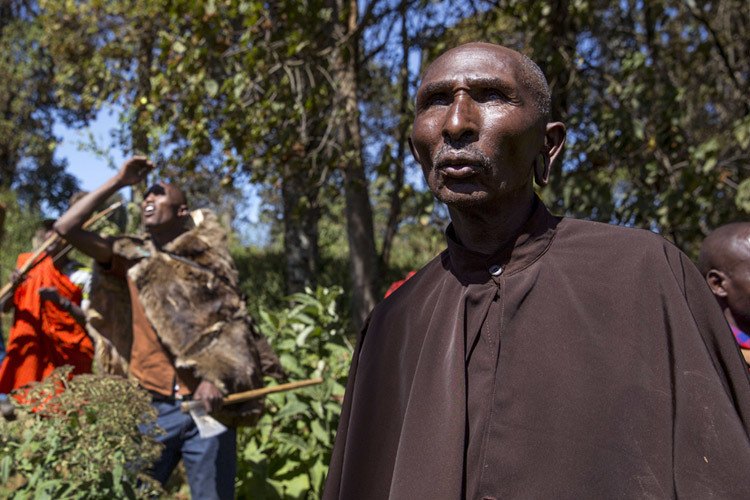
The Mau is also a critical water catchment area, with the water that flows through the forest feeding Tanzania’s Serengeti and Lake Victoria, the source of the Nile River. The area is of great ecological importance to much of the African continent, under the careful stewardship of the Ogiek people.
But for decades, the Kenyan government has abused this Indigenous group, violently evicting Ogiek families and farmers from their ancestral lands, burning down homes and farms, and at times beating Ogiek people to ensure that they left. The government then sold this stolen Ogiek land to lumber companies and gave it away to non-Ogiek Kenyans for farming, stripping the forest of its trees and cutting the Ogiek people off from their land and burial sites. The government has also built social services like schools and hospitals far from the Ogiek community, making life even harder.
Keeping hope amidst progress and setbacks
In 2009, the Ogiek took legal action. With support from AJWS grantee Ogiek Peoples Development Programme (OPDP), they began by bringing cases in local courts in Nakuru and Nairobi. When they lost, they took their case to a higher power—the African Court on Human and People’s Rights in Arusha, Tanzania.
After eight long years, on May 26, 2017 the judges handed down the Ogiek their first victory: an historic, unanimous ruling that the Kenyan government had committed multiple human rights violations by evicting the Ogiek people, and that it must officially recognize their right to their ancestral lands. The decision was celebrated by elated Ogiek people and across the world, and was expected to set a precedent for how other African governments treat Indigenous groups.
But the celebration was short-lived. The government assembled a task force (that did not include Ogiek representatives) to implement the ruling, but then disbanded it shortly after and refused to publish its findings. The government also brazenly continued to evict Ogiek people, despite the court ruling and a moratorium on evictions in Kenya during COVID-19. The Kenya Forest Service carried out a particularly brutal string of evictions in 2020—leaving over 1,000 Ogiek people homeless, 70 homes burnt to the ground and five people dead.
The government also failed to follow the mandate that the Ogiek should receive titles of ownership. Officials handed out some land titles, but it was done randomly and without consultation. It became clear that the Kenyan government was attempting to grant the Ogiek people deforested and damaged land—not the rich forested land they had lived on. And they granted the Ogiek access to the land, but not ownership. “Access is not enough,” explained Daniel Kobei, executive director of OPDP. “So we can have access to gather our honey and plants, but then where do we go? That is where we live, our home.”
“Five years down the line, we didn’t see anything happen,” Daniel said. “All we could see was a community waiting for implementation, fearing that the judgement would not change anything. It was discouraging.”
But OPDP kept up momentum they had built by using media, social media and alliances with partner organizations to keep the Ogiek community updated on the status of the case and progress. And they never stopped doing what they’ve done for centuries: protecting the land. With support from AJWS, OPDP and the Ogiek community have been steadily replanting thousands of trees cut down by the loggers, and patrolling woodlands to guard against trespassers looking to cut more.
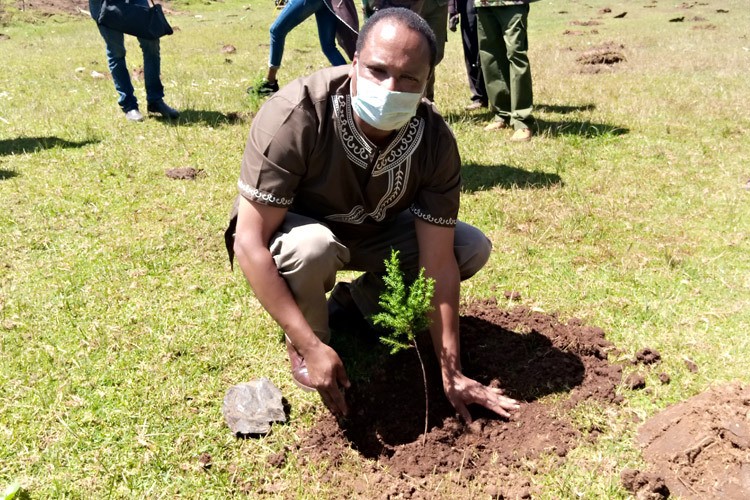
A second decision delivers hope and reparations
On June 22, 2022, the African Court on Human and People’s Rights issued a second historic, precedent-setting decision that brought new hope to the community and dealt a powerful rebuke to the Kenyan government for its ongoing abuse of the Ogiek people. It unanimously dismissed all of the government’s objections and decreed that they must consult with the community, take all necessary measures to grant them collective land titles, and guarantee them unhindered use and enjoyment of their land.

The court also awarded reparations: 157,850,000 Kenyan shillings, the equivalent of $1.33 million U.S. dollars, for material and moral losses, which would be deposited into a fund created and directed by the Ogiek people within the next year. While it’s generally agreed that this is not enough, the acknowledgement that the Kenyan government harmed the Ogiek community is an important step toward justice.
The future for the Ogiek people and beyond
For Daniel Kobei, this victory means more than just a secure home for the Ogiek: It’s part of a global movement to achieve justice for all Indigenous Peoples worldwide. As he and OPDP built their case, he researched similar cases brought by Indigenous groups in Latin America and Canada. And now that they have won, he is sharing what he learned with other Indigenous leaders, most recently from the Democratic Republic of Congo and Tanzania. He hopes that the Ogiek case can be like a blueprint for other Indigenous groups to win back their land and preserve their cultures.
As for the future? “We are very optimistic as a community,” shared Daniel. “We hope that we’ll achieve self-determination, as far as our way of living is concerned. We want to make our own decisions about our lives and have our own leadership.”
Daniel and OPDP have focused on increasing youth engagement and leadership in the movement for their community’s land rights, through a youth council and gatherings, to ensure that the movement for their rights and culture will be long-lasting. “We are very optimistic that things will get better and that our children will have more,” said Daniel with a smile.

